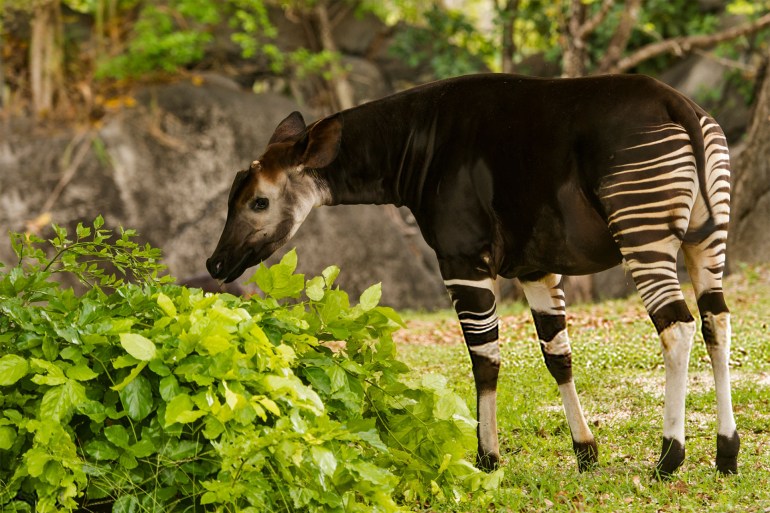Have you ever wondered what the basic color of a zebra's skin is whether it is white with black stripes or vice versa, especially since this color contrast is most evident in dry grasslands of brown and green?
In fact, the pattern and color of the stripes varies with the type of zebra.
Three different types
A report published by "Live Science" website indicated that there are 3 species of zebras living today, including the plains zebra, the mountain zebra and the Grevy's zebra (imperial).
These types are distinguished from each other by a different planning pattern, where the dark parts of the skin of some are black, while others are distinguished by brown skin, and the location of the lines varies. In an extinct species of zebra living in the plains, it was called "Quagga".
In an initiative by a group of people in South Africa, the “Kwaja” project was launched in 1987 with the aim of restoring the extinct kouga zebra and reintroducing it to sanctuaries there, as the project workers seek to restore the genes responsible for at least the distinctive planning pattern in the kwaga through selective breeding with A group of zebras selected from the southern plains.
Tim Caro, a behavioral and evolutionary ecologist and biologist at the University of California, Davis, has shown that all zebras of all types and colors have the same skin color, which is black.
But what about the fur, is it also black with white stripes, or vice versa, and what does the melanocytes have to do with it?
Mountain zebras are endangered (Getty Images)
Where does light hair come from?
Caro explains that different growth processes affect the color of the fur, just as people with fair skin can have dark hair.
By analogy, it can be said that zebras have light hair, and their stomachs are often covered with light hair to appear white with black stripes ending on the abdomen and towards the inner part of the legs, and the rest appear in white.
According to a review in the Journal of Investigative Dermatology, each hair strand, whether light or dark, grows from follicles filled with melanocytes that produce a pigment that determines the color of hair and skin.
This pigment is known as melanin, whose abundance leads to darker colors such as dark brown or black, while a little melanin produces lighter colors such as blond, for example.
Although the black fur of a zebra is rich in melanin, the follicles responsible for white hair inactivate melanocytes, which means that they do not produce the pigment melanin.
Thus it can be said that the default state of a zebra is to produce black hair, which makes it black with white stripes.
Regarding zebra stripes, the exact biological processes are still unknown.
However, a study published in the journal Nature in 2016 showed that in African stranded mice (Rhabdomys pumilio), which have light and dark stripes all over their fur, the Alx3 gene is more active along the light stripes than the dark stripes. Responsible for disrupting the key gene that controls the development of melanocytes, which in turn leads to the growth of light-colored hair.
The okapi is a type of giraffe with white stripes on the buttocks (Getty Images)
What is the use of the white stripes on the black skin of a zebra?
In 2020, Caro and his team published a research paper in the Proceedings of the Royal Society B, in which they showed that this unique pattern of planning may protect zebras from attacks by horse flies, which carry deadly diseases that can be transmitted by their bites. agonizing.
The study showed that this unique striped skin played a major role in misleading the African horse fly, which landed less frequently on horses with striped skin compared to those with uniform skin colour.
"There are very few striped mammals like the zebra," Karo said. "The okapi, an African animal of the giraffe family, has similar stripes on the buttocks, but other than that, no other species has really distinctive black and white stripes." ".

